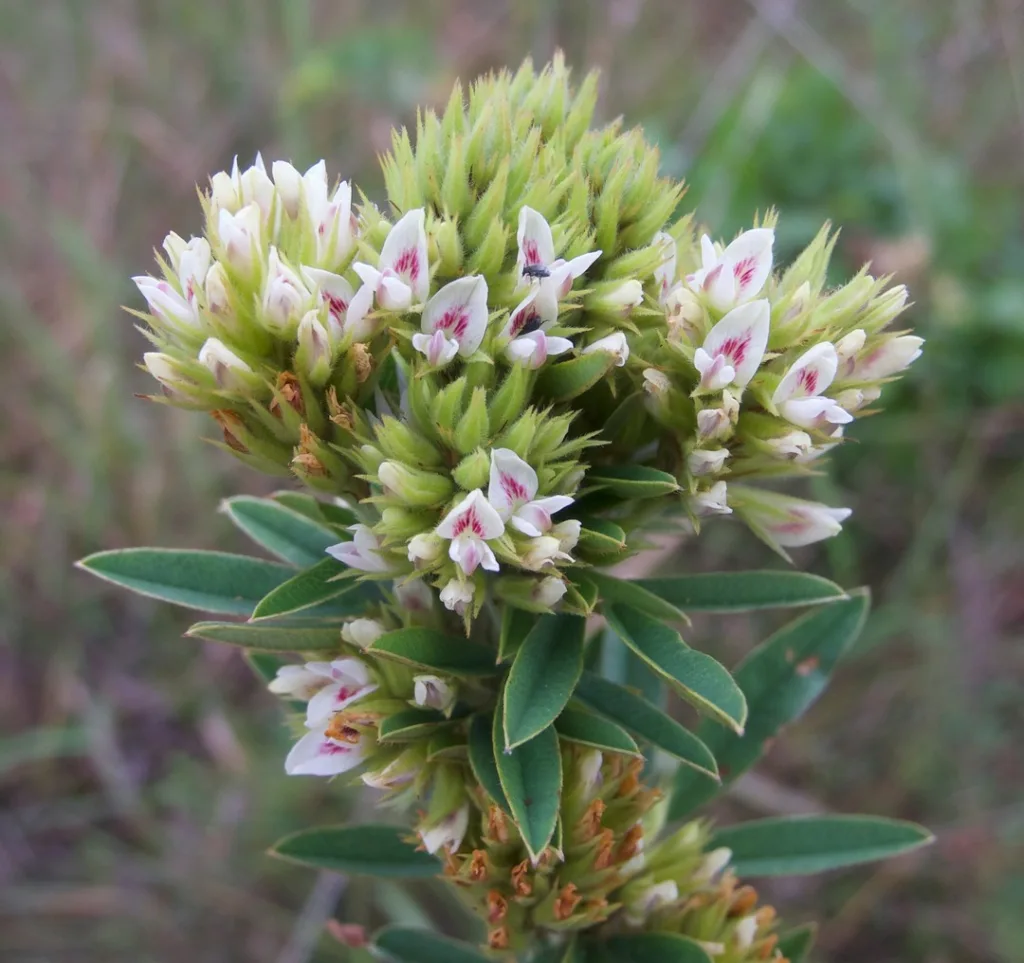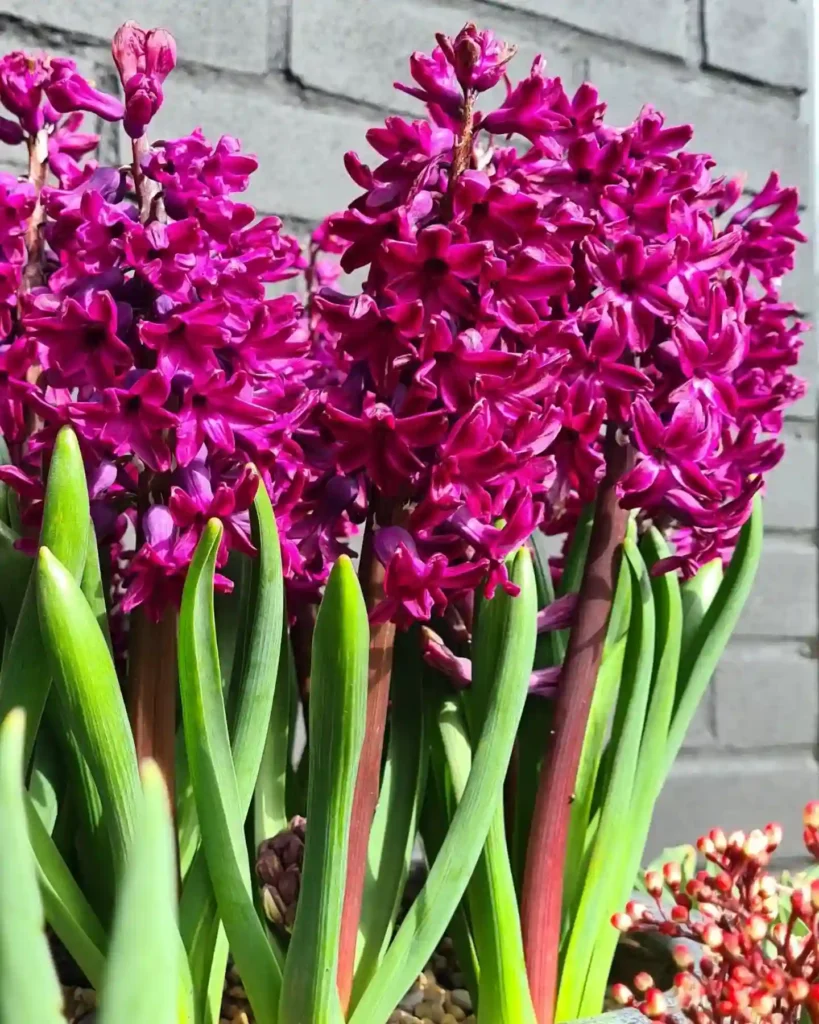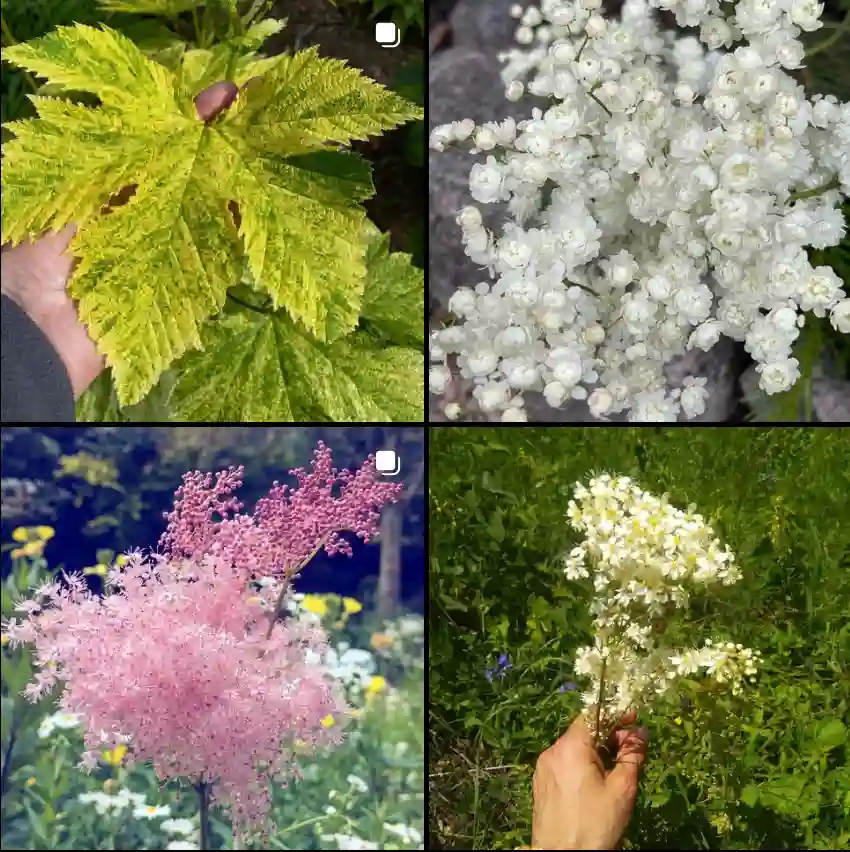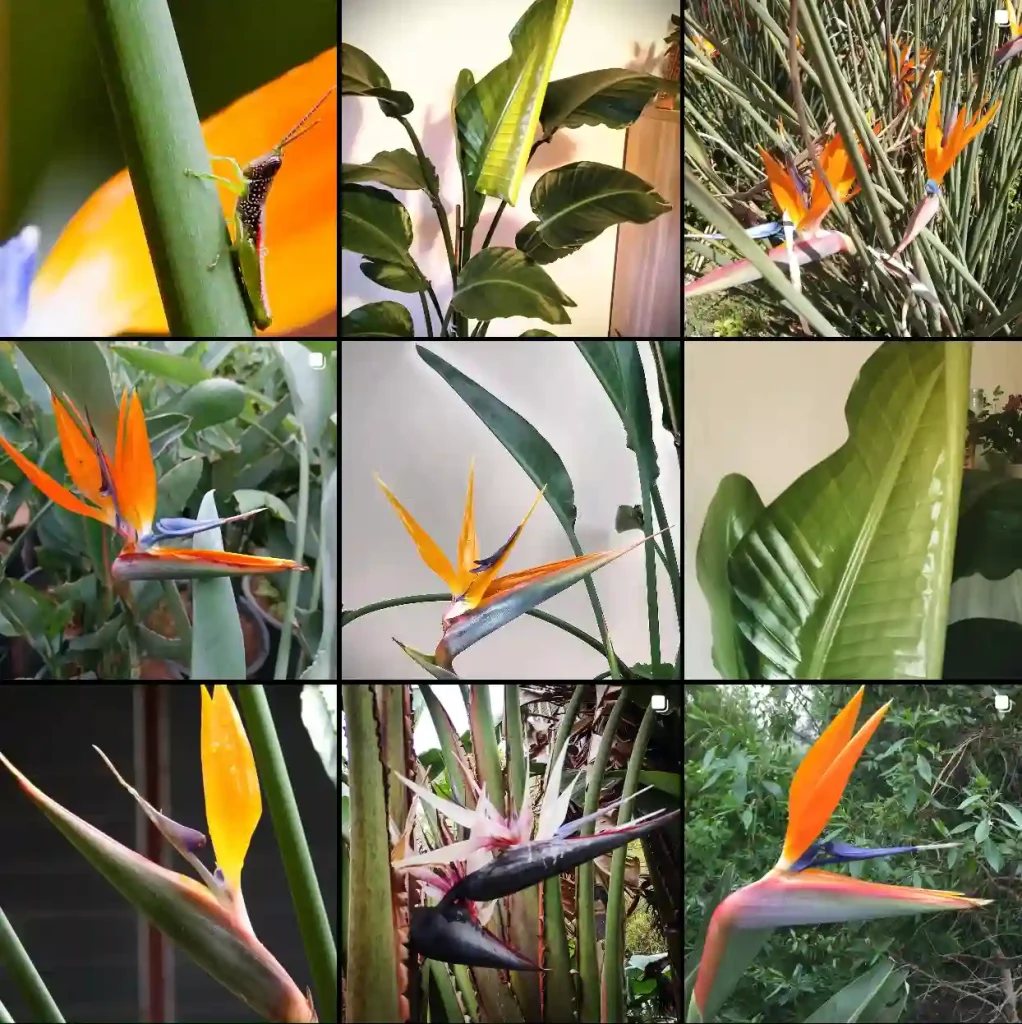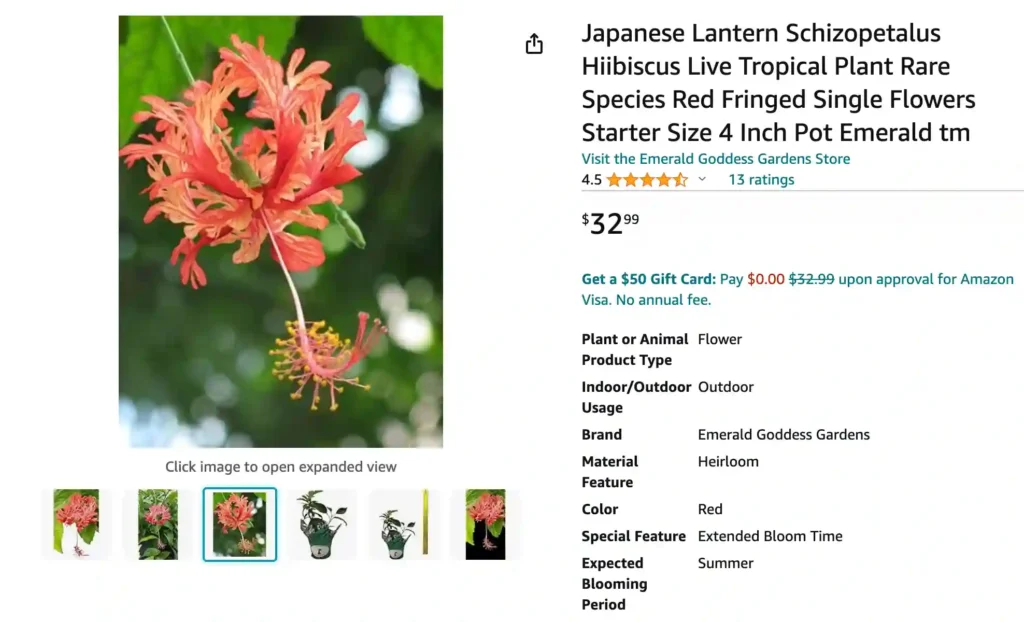
Fringed Rosemallow: Your Guide to Hibiscus Schizopetalus
Hi there, Ferb Vu here, and I’m a plant enthusiast with a particular fondness for the captivating Hibiscus Schizopetalus, also known as the Fringed Rosemallow. This stunning shrub boasts unique, frilly blooms that steal the show in any garden. Today, I’m diving deep into this plant, answering all your burning questions and dispelling any confusion you might have.
439 Species in Genus Hibiscus
What Makes Hibiscus Schizopetalus Special?
The Fringed Rosemallow’s defining characteristic lies in its breathtaking flowers. Unlike the classic, trumpet-shaped blooms of other hibiscus varieties, Schizopetalus boasts deeply lobed petals that resemble delicate fringe. This intricate detail, coupled with vibrant red or pink hues, creates an unforgettable visual impact.
Beyond aesthetics, Fringed Rosemallow offers several advantages. It’s a fast grower, reaching maturity within a few seasons, and thrives in warm climates. Plus, its evergreen nature ensures a year-round presence in your garden.
How to care for Fringed Rosemallow?
Keeping your Fringed Rosemallow happy is relatively straightforward. Here are some key points to remember:
- Sun Seeker: This plant craves sunshine. Choose a location bathed in full sun for optimal growth and abundant blooms.
- Hydration Hero: Water your Fringed Rosemallow regularly, allowing the top inch of soil to dry slightly between waterings. Avoid soggy conditions, as this can lead to root rot.
- Feeding Frenzy: During the growing season (typically spring and summer), provide a balanced fertilizer every two weeks to encourage lush foliage and vibrant blooms.
- Pruning Prowess: While Fringed Rosemallow blooms on new growth, occasional pruning (every 3-4 years) can maintain a neat shape and stimulate more flowers.
Fringed Rosemallow vs. Tropical Hibiscus
While Fringed Rosemallow and Tropical Hibiscus (Hibiscus rosa-sinensis) belong to the same genus, they have distinct personalities.
Similarities: Both varieties enjoy warm climates, full sun, and require regular watering and fertilization.
Differences:
- Bloom Style: Fringed Rosemallow takes the crown for unique flowers, while Tropical Hibiscus offers a wider range of colors and classic, trumpet-shaped blooms.
- Cold Tolerance: Fringed Rosemallow struggles with temperatures below 50°F (10°C), whereas Tropical Hibiscus can tolerate slightly cooler conditions.
- Growth Habit: Fringed Rosemallow tends to be taller and leggier, while Tropical Hibiscus is often more compact and bushy.
Choosing Your Champion:
- Frilly Fanatic: If you crave the unique, fringed blooms, Fringed Rosemallow is your winner.
- Color Connoisseur: For a wider color palette and classic hibiscus form, Tropical Hibiscus might be a better fit.
- Climate Considerations: If you live in a region with occasional dips in temperature, Tropical Hibiscus might be the more resilient option.
Ultimately, the best choice depends on your personal preferences and growing conditions.
My Fringed Rosemallow isn’t flowering. What’s wrong?
Several factors can affect blooming. Lack of sunlight, infrequent fertilization, and improper pruning (over-pruning) are common culprits. Ensure your plant receives adequate sun, feed it regularly during its growing season, and avoid excessive pruning, especially during flower bud formation.
Can I grow Fringed Rosemallow in a pot?
Absolutely! Choose a large pot with good drainage and provide a well-draining potting mix. Repot every few years as the plant matures. Remember, containerized plants tend to dry out faster, so adjust your watering schedule accordingly.
How do I overwinter my Fringed Rosemallow in colder climates?
If you live in a region with freezing temperatures, consider bringing your Fringed Rosemallow indoors for the winter. Place it in a sunny location and water sparingly to prevent root rot. Alternatively, you can protect it outdoors by mulching around the base and covering the plant with a breathable fabric when frost threatens.
Final Thoughts
The Fringed Rosemallow, with its captivating blooms and easy-going nature, is a captivating addition to any garden. By providing the right care and understanding its needs, you can cultivate a thriving Fringed Rosemallow that will reward you with its unique beauty for years to come. So, embrace the fringe and add a touch of whimsy to your garden with this captivating hibiscus.
If i die, water my plants!
